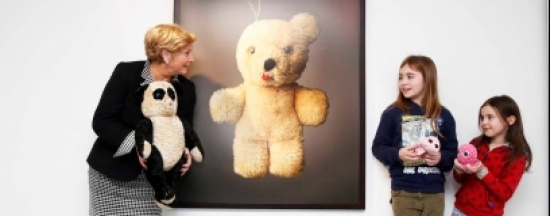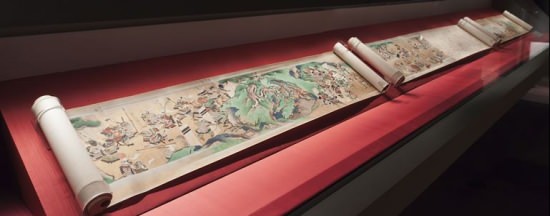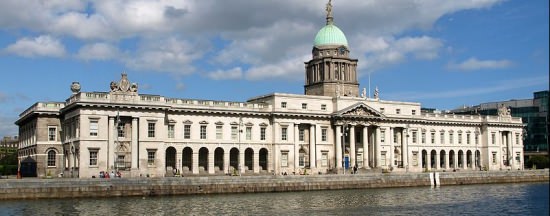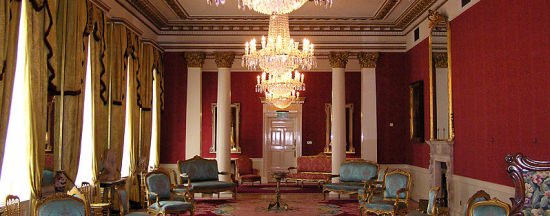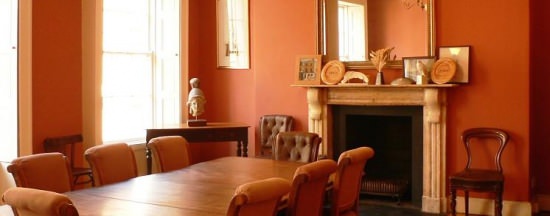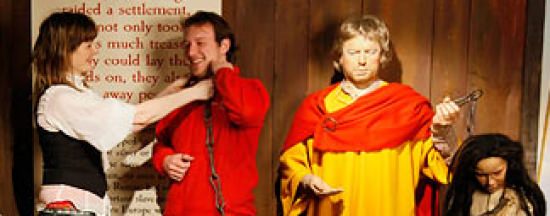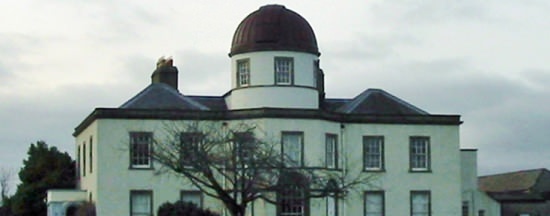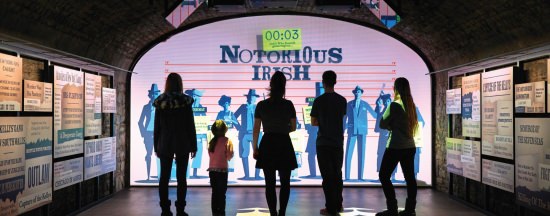The Ark is a unique, purpose-built cultural centre in the heart of Dublin’s Temple Bar, where children aged 2 -12 can explore theatre, music, literature, art, film, dance and more. The programme of world class performances, exhibitions and creative workshops changes every few weeks.
The Ark has a very busy programme for schools, providing primary school children with an exciting and enjoyable encounter with high-quality culture. The Ark aims to allow children to nurture their imaginations in an inspirational yet structured setting.
The Ark was designed by Michael Kelly and Shane O’Toole of Group 91 Architects and has received awards and praise for its innovative and contemporary design. Housed on the site of a former Presbyterian Meeting House (1728), it incorporates the carefully restored front facade of the church. It extends to 1,500 square meters (16,000 square feet) and houses a theatre, a gallery and a workshop.
The Ark’s core space, the Theatre, has been built to intimate proportions so as not to intimidate children. The amphitheatre-shaped space also adds to the feeling of warmth, and ensures that the audience feels closely connected to the performances.
“The Ark was one of the great and certainly one of the most enduring initiatives to come out of the reinvention of Temple Bar. My children loved the place, so warm and welcoming and fairly fizzing with creativity, and now that they are too old for it – but then, is one ever too old for The Ark? – they recall it with vivid fondness. Long may this wonderful children’s centre thrive.” [John Banville, novelist and screenwriter]
“I had a fantastic experience working with all the people at The Ark on The Giant Blue Hand. I found them hugely enthusiastic, extremely committed and with the highest production values, as high, if not higher than in any other professional theatre company. I honestly feel this production at The Ark has raised the bar for children’s theatre in this country.” [Marina Carr, Playwright, ‘The Giant Blue Hand’]
Opening Hours:
Event dates, times and prices vary. Advance booking is recommended (no refunds).
Bookings can be made online, or from the box office.
The box office is open Tuesday-Friday from 10am – 4pm, and one hour before performances and workshops on weekends and in the evening.
Groups attending events at The Ark can claim one free ticket with every 10 purchased, and can reserve tickets without having to make full payment at the time of the reservation.
Contact venue to discuss group bookings.
Contact & Pricing:
ark.ie
[email protected]
Tel: 01 670 7788
11a Eustace St, Temple Bar, Dublin 2
Tickets from €17.50; discounts for schools & large groups
